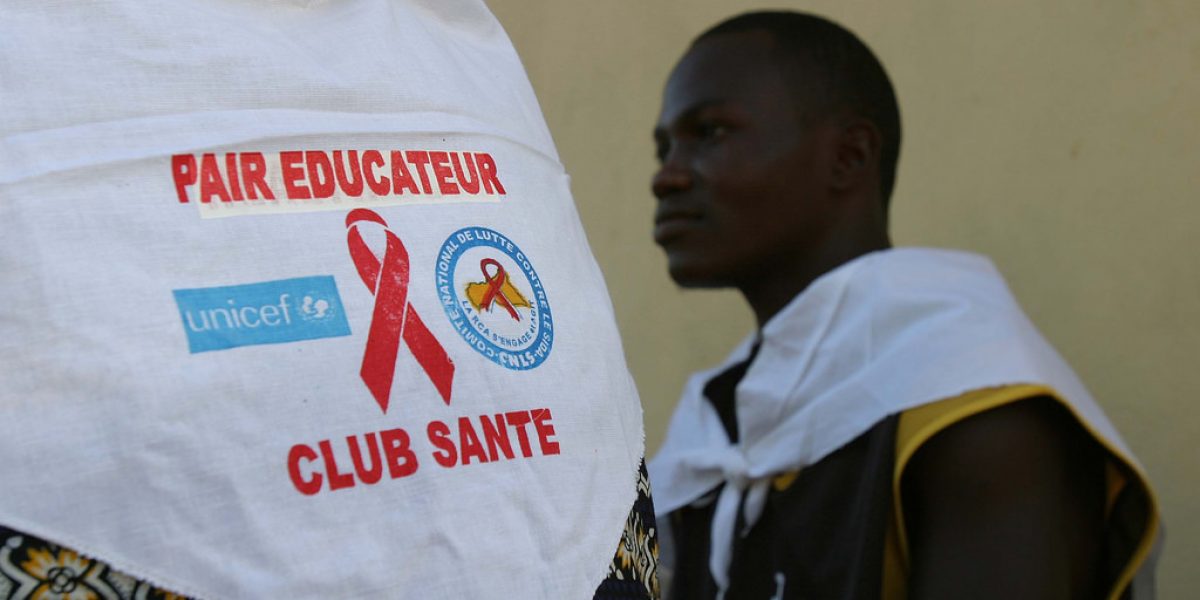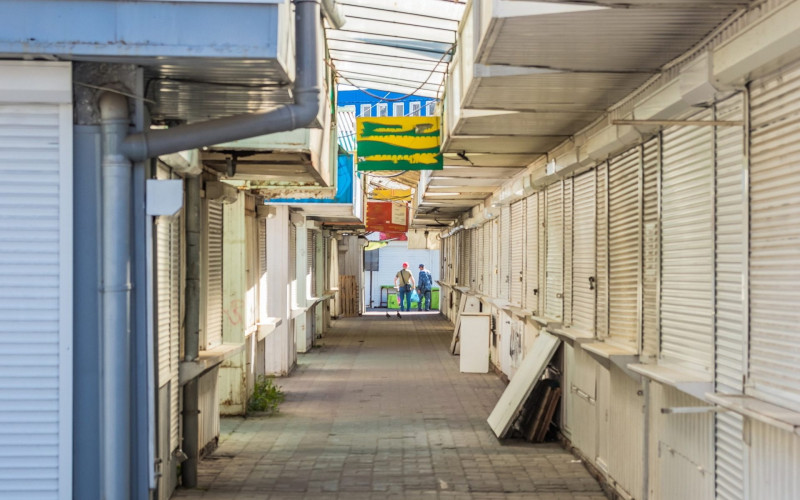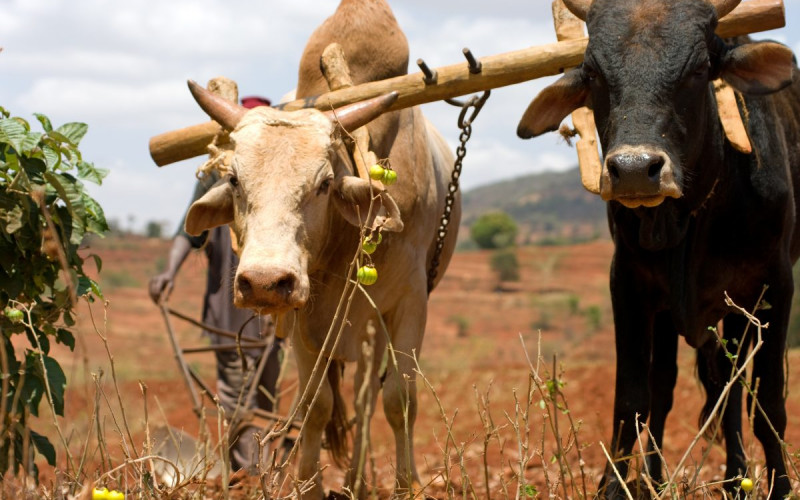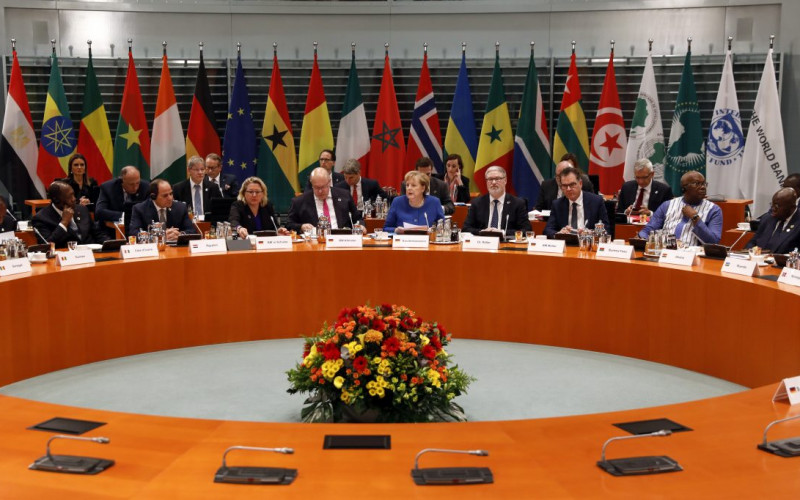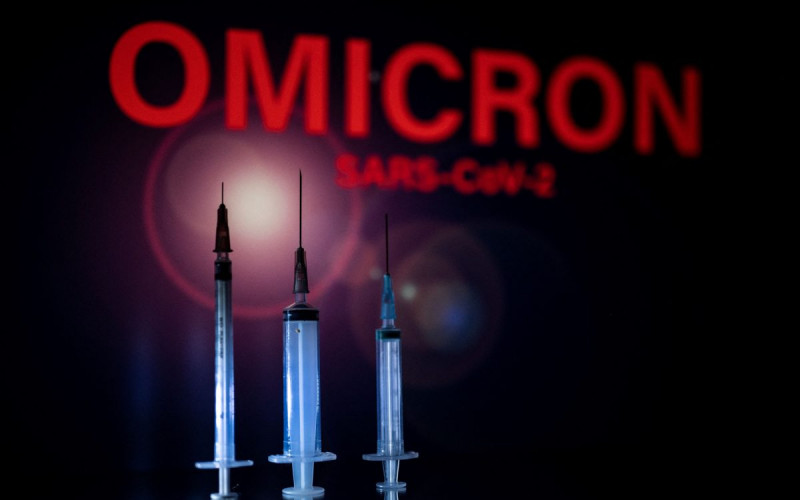Previous studies estimated that AIDS reduces GDP from between 0.3 and 1.5 %, according to the report, The Long-Term Costs of AIDS: Theory and Application to South Africa. But that is only the directly measurable aspects of cost. The impact is altogether larger. Not only does the disease cancel the lifetime investment in productive adults, but employers must pay to retrain new workers, production is interrupted, funds that might otherwise be invested into productive ventures get diverted into healthcare and funerals, and as people reach the latter stages, children are drawn away from school to tend to ailing parents. The World Bank’s chief economist, Shanta Devarjan, argued that ‘in those countries facing an HIV/AIDS epidemic on the same scale as South Africa, if nothing is done quickly to fight the epidemic, we face economic collapse within several generations, with family incomes being cut in half.’
By killing adults in the prime of life, AIDS also is creating vast numbers of orphans. A UNICEF study, Africa’s Orphaned Generations, found that between 1990 and 2001 the proportion of orphans whose parents died from HIV/AIDS rose from 3.5 % to 32 %. Today more than one in 10 children in Africa is orphaned by AIDS. In Botswana the figure is one in five.
By killing parents, AIDS is severing the flow of knowledge between generations and leaving the young to fend for themselves. In Zimbabwe, the study found, orphaned girls are three times more likely to be infected than girls with parents.
This issue of eAfrica looks at how Swaziland is harnessing traditional social institutions and communities to support the growing number of AIDS orphans. We also examine the risks of ethnic war in Côte d’Ivoire and the fight for the direction of South African political culture sparked by the firing of its deputy president.

